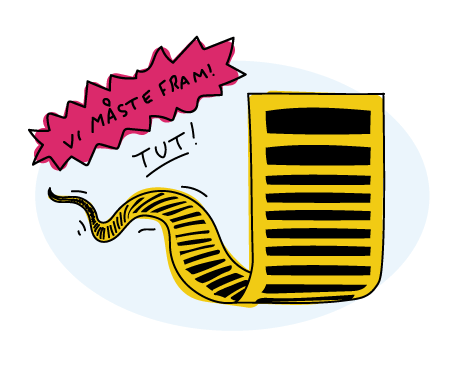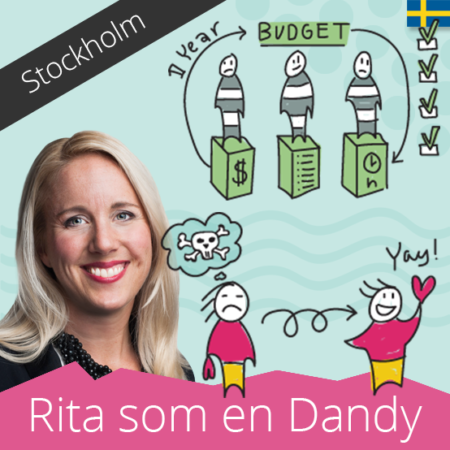Vad är det egentligen som försenar leveranser? Vad är det som gör att vi planerar att en leverans ska ta en viss tid och sedan tar det 3-5 ggr så lång tid att få dem? Är den största boven att människor inte gör det de ska, att de inte är tillräckligt produktiva? Är det att vi är dåliga på att planera och måste bli ännu mer detaljerade?
Nej, det handlar ofta om helt andra saker. Det vi försöker lösa är ofta komplext och vi kan inte planera oss till hur det ska göras, vi måste prova oss fram och då blir planer snabbt obsolita. Människor är inte heller problemet, utan de jobbar på så gott de kan men det finns andra bovar som påverkar oss i väldigt stor utsträckning.
Ladda ner canvasen som PDF helt gratis >
De största bovarna för försenade leveranser är
- Köer
- Batch-storlekar
- Variation
- Task-switching/Multitasking
- Överlämningar

De här är de vanligaste anledningarna till att våra leveranser försenas och människor blir frustrerade och stressade. För om systemet är uppsatt så att köer bildas, vi jobbar med stora batchar, många variationer, vi tvingas task-switcha ofta och överlämna saker vidare till andra, så är det svårt även för den som gör sitt bästa att komma i mål. De flesta organisationer drar igång med flera initiativ samtidigt, vilket tvingar in folk i både task-switching, bygger upp köer och skapar variationer. Dessutom jobbar folk i silos, vilket gör att vi får en massa överlämningar mellan människor, team osv. och även här tvingas folk till att task-switcha och köer bildas.
Jag ska förklara dem en och en, och mer ingående varför de försenar leveranser och gör prognostisering svårt.
Köer

Vi börjar med köer. Köer kan ta olika form. Det är lätt att se när folk köar i en affär, eller på motorvägen, men det är svårare att se på köer av information som en kö. En backlog är defacto en kö – av en massa olika resultat som vi vill uppnå, kunders behov som vi behöver tillfredställas, precis som en lista med aktiviteter att utföra också är en kö.
(more…)


